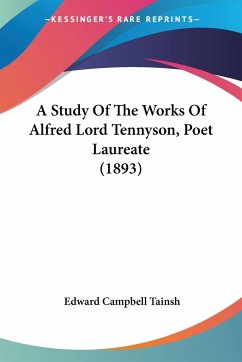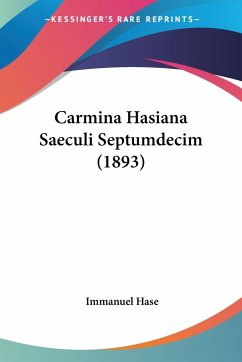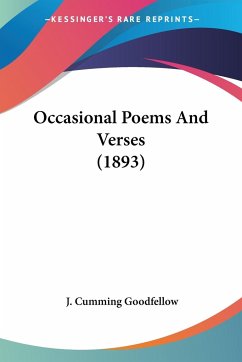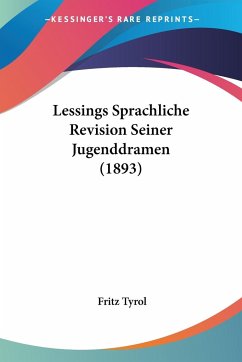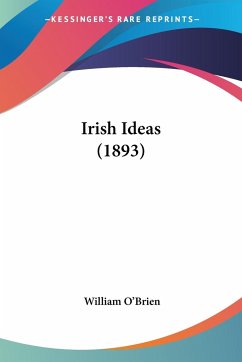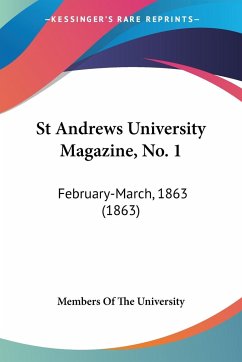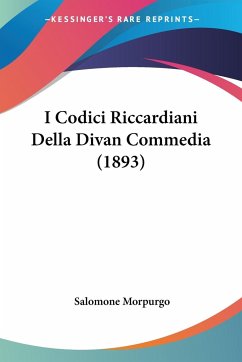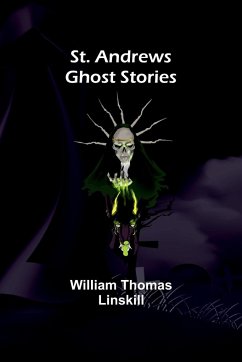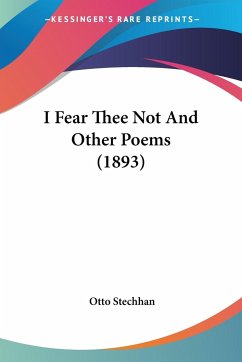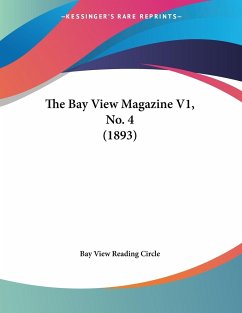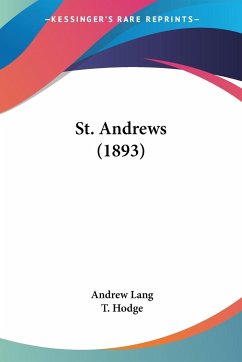
St. Andrews (1893)
Versandkostenfrei!
Versandfertig in 1-2 Wochen
34,99 €
inkl. MwSt.

PAYBACK Punkte
17 °P sammeln!
St. Andrews (1893) is a book written by Andrew Lang, a Scottish poet, novelist, and literary critic. The book is a historical and cultural account of the town of St. Andrews, located on the east coast of Scotland. Lang delves into the town's rich history, from its early beginnings as a religious center in the Middle Ages to its status as a renowned university town in the 19th century. Throughout the book, Lang provides a detailed description of the town's architecture, including its famous cathedral and castle ruins. He also explores the town's role in Scottish literature and folklore, highlig...
St. Andrews (1893) is a book written by Andrew Lang, a Scottish poet, novelist, and literary critic. The book is a historical and cultural account of the town of St. Andrews, located on the east coast of Scotland. Lang delves into the town's rich history, from its early beginnings as a religious center in the Middle Ages to its status as a renowned university town in the 19th century. Throughout the book, Lang provides a detailed description of the town's architecture, including its famous cathedral and castle ruins. He also explores the town's role in Scottish literature and folklore, highlighting the legends of St. Rule and the martyrdom of St. Andrew. In addition to its historical and cultural significance, St. Andrews is also known for its connection to golf, and Lang devotes a significant portion of the book to the sport's origins and development in the town. He describes the famous Old Course, the home of the Royal and Ancient Golf Club, and the various tournaments and matches that have taken place there over the years. Overall, St. Andrews (1893) is a comprehensive and engaging exploration of one of Scotland's most beloved towns, its rich history, and its enduring cultural significance.This scarce antiquarian book is a facsimile reprint of the old original and may contain some imperfections such as library marks and notations. Because we believe this work is culturally important, we have made it available as part of our commitment for protecting, preserving, and promoting the world's literature in affordable, high quality, modern editions, that are true to their original work.



